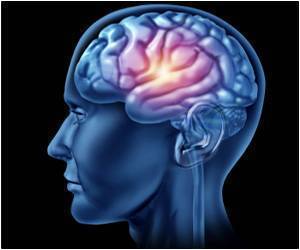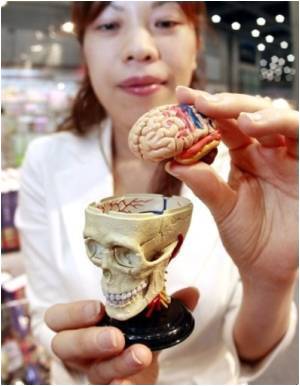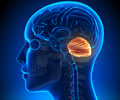Novel form of protein aggregation that is both reversible and has positive physiological consequences for cells discovered.

‘Reversible aggregation and dissolution of Std1 allowed the cell to respond quickly to varying levels of sugar abundance.’





The research study was led by Prof. Martin Kupiec and conducted by Dr. Kobi Simpson-Lavy, both of TAU's School of Molecular Cell Biology and Biotechnology, and published in the journal Molecular Cell. How to "de-blob" a protein
"Most of the functions within our cells are carried out by proteins. But when these proteins aggregate, they produce a 'blob' that renders them inactive," Prof. Kupiec says. "Protein aggregation tends to increase with age and leads to a number of human diseases, particularly those resulting in neurodegeneration."
"Moreover, when proteins adopt an erroneous configuration -- when they're misfolded -- the cells attempt to take the clumps apart, or to pile them up at particular locations in the cell, to minimize their toxic effect," Dr. Simpson-Lavy says. "This process has been linked to the development of a number of neurodegenerative conditions, such as Alzheimer's, Parkinson's and 'mad cow' diseases."
The new study examines an entirely different type of protein aggregation, which may provide a new mechanism with which to regulate the activity of genes according to changes in the cell's environment.
Advertisement
In other words, Std1, which is usually present in the cells' nuclei, where the genome resides, ended up in an aggregation outside of the nuclei.
Advertisement
Bad -- and good -- for you
The study also suggests that not all protein aggregates are "bad for you." Some play important physiological and regulatory roles. According to the study, the "molecular chaperones" that have been found to fuel many neurodegenerative diseases may have originally been intended to regulate the buildup of non-pathological proteins.
"These results could open the way for possible future treatments that may try to change the aggregation from irreversible to reversible," Prof. Kupiec says. "If we can find out how to turn an irreversible aggregation into a reversible one, it would be possible to treat neurodegenerative diseases and reverse the effect of the aggregates.
"In other words, it may still be possible to reconstruct an egg from an omelette," Prof. Kupiec observes.
The researchers are currently examining what makes the same protein behave differently under different conditions.
Source-Eurekalert












